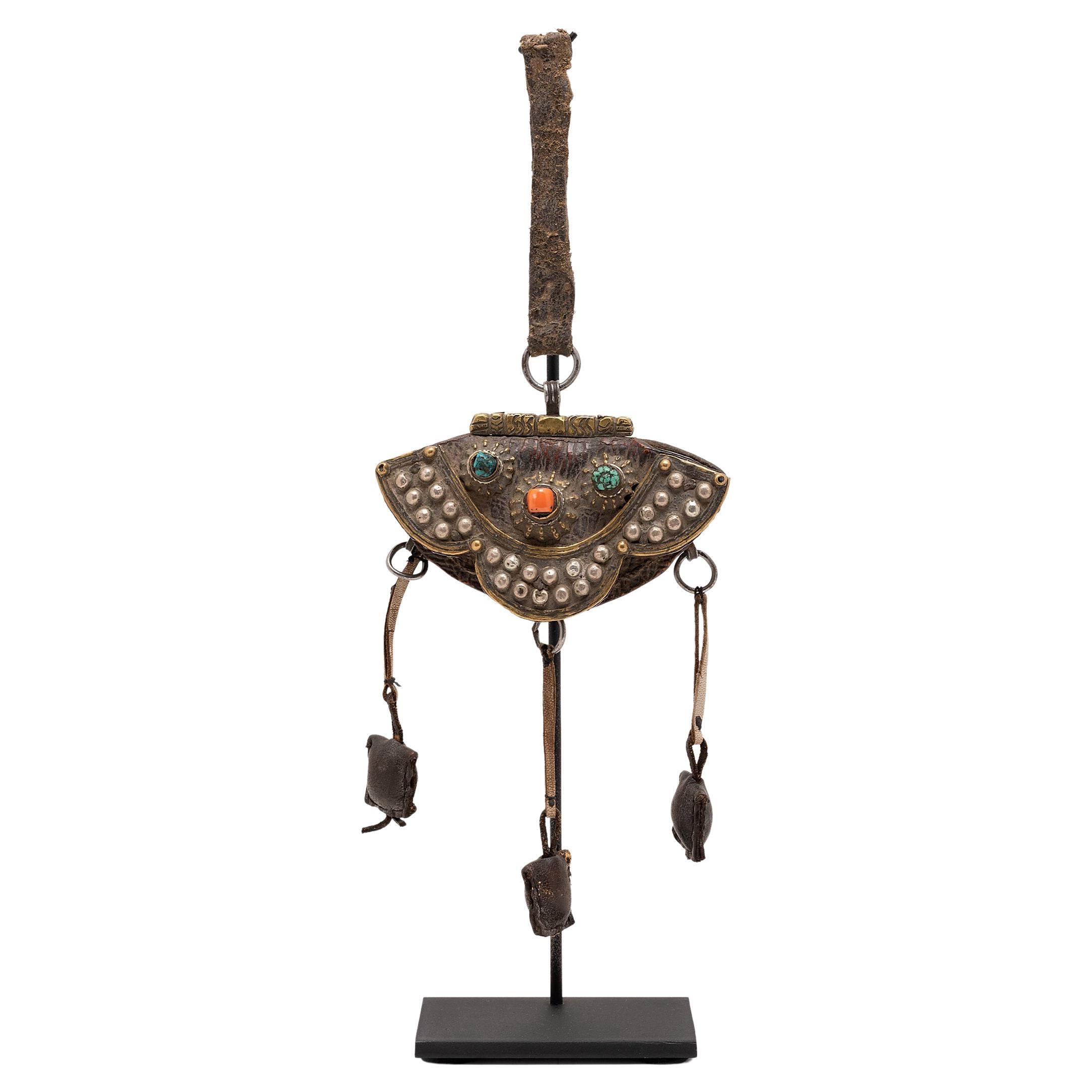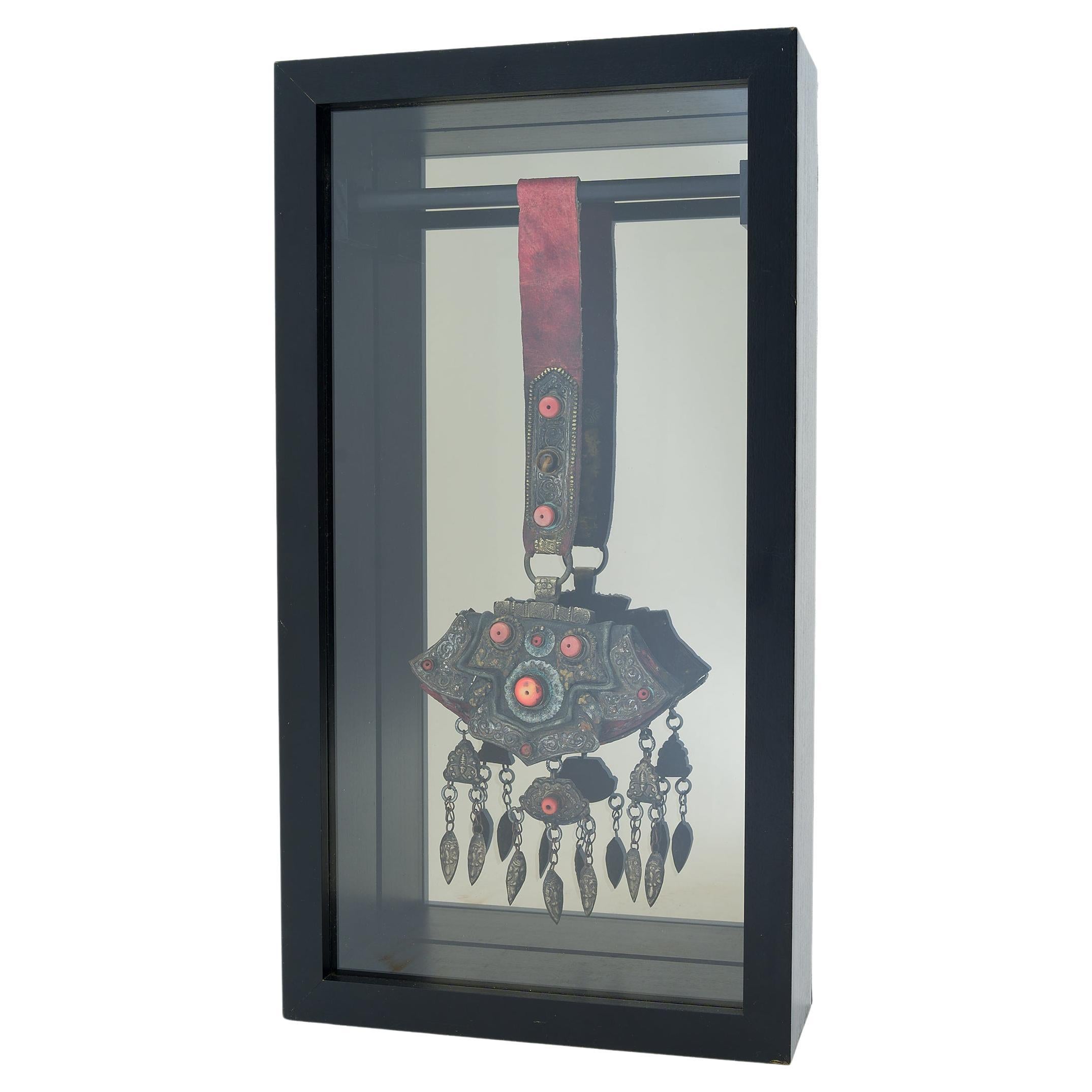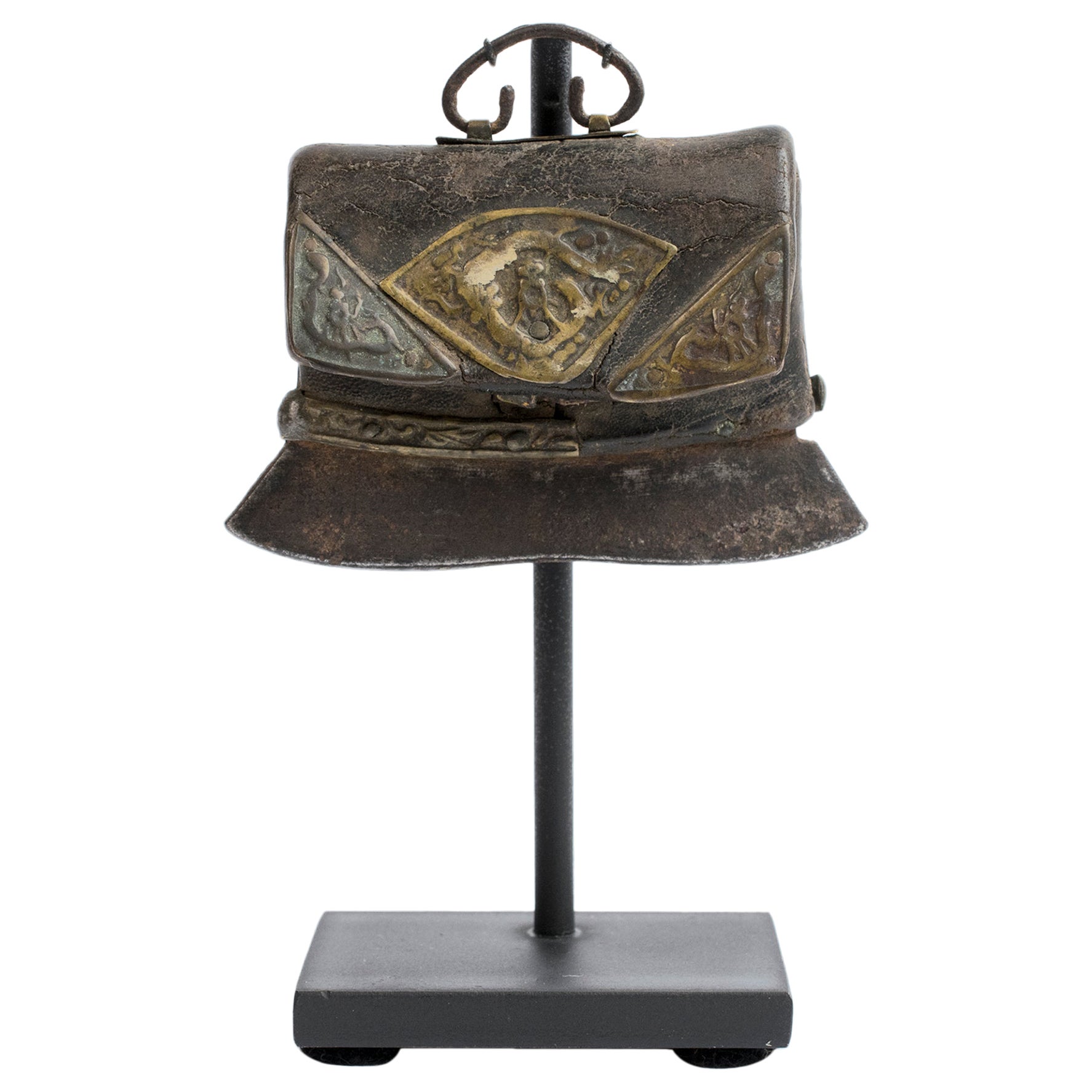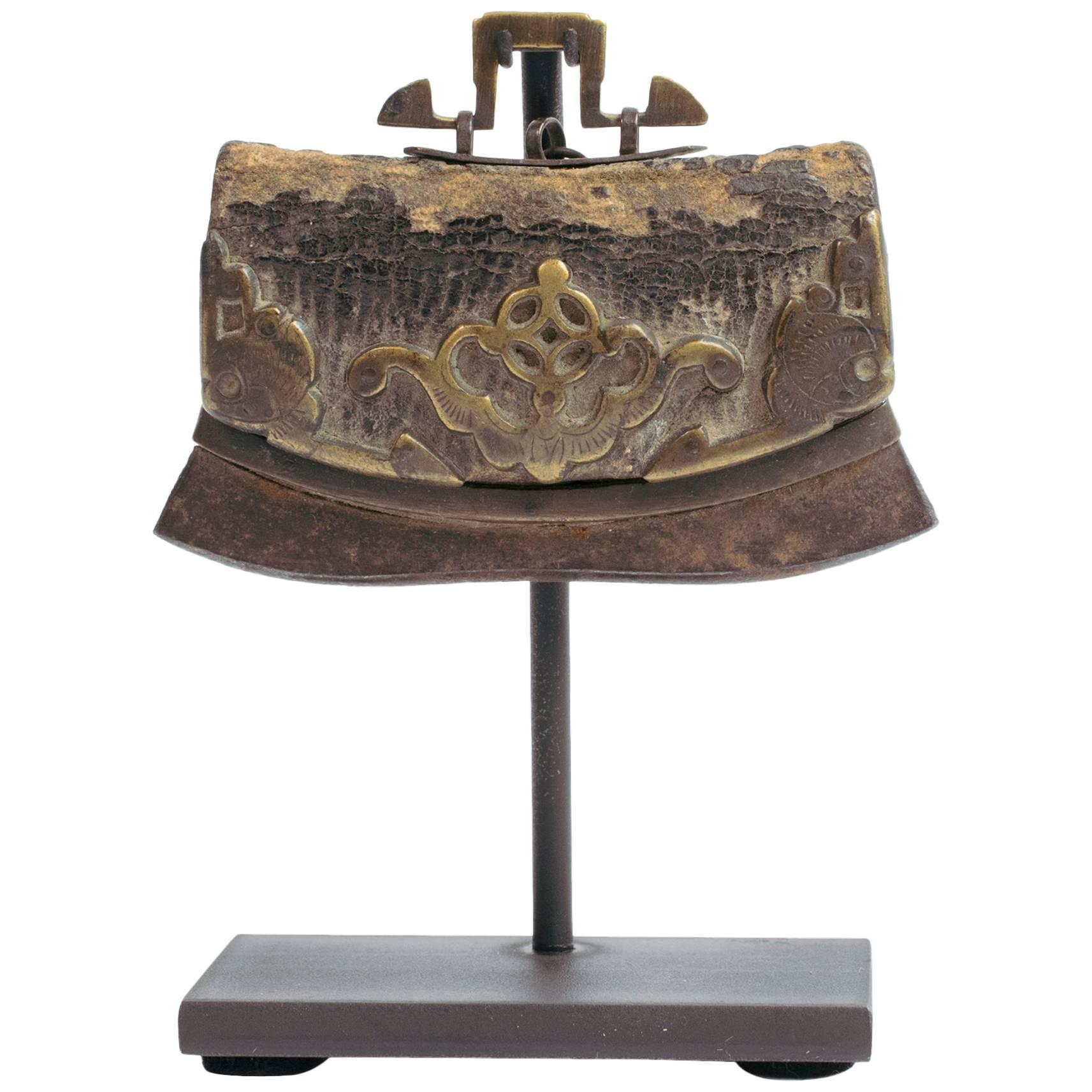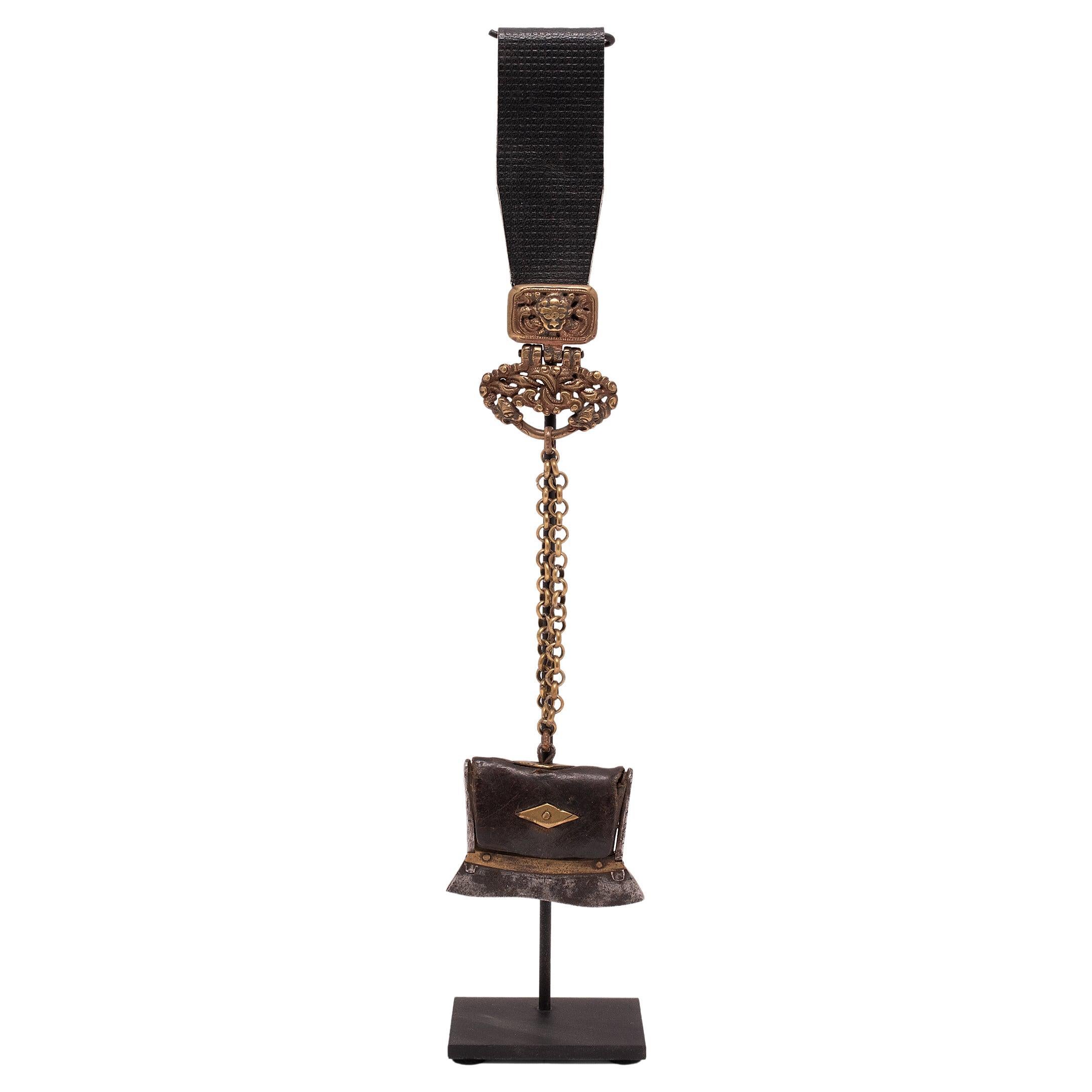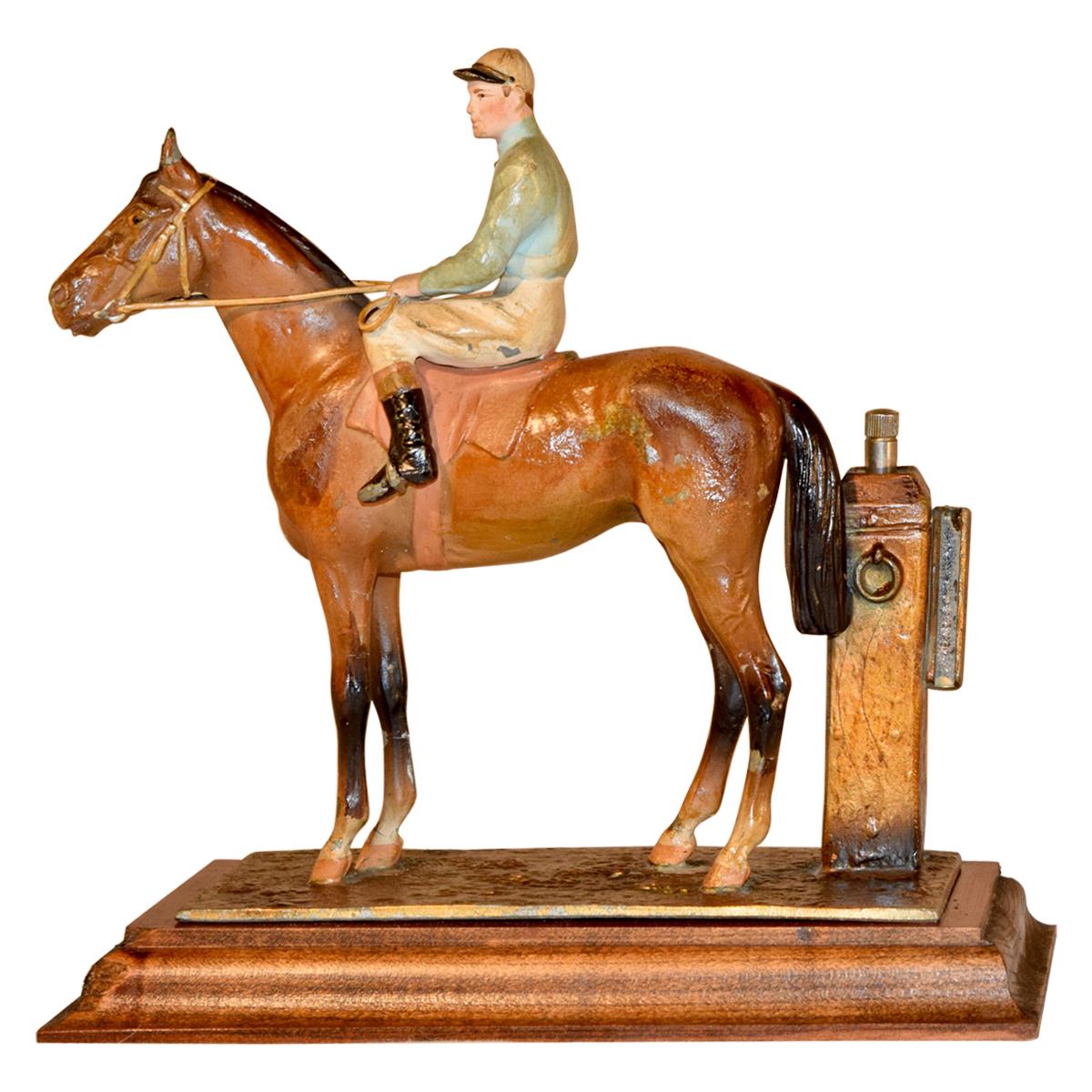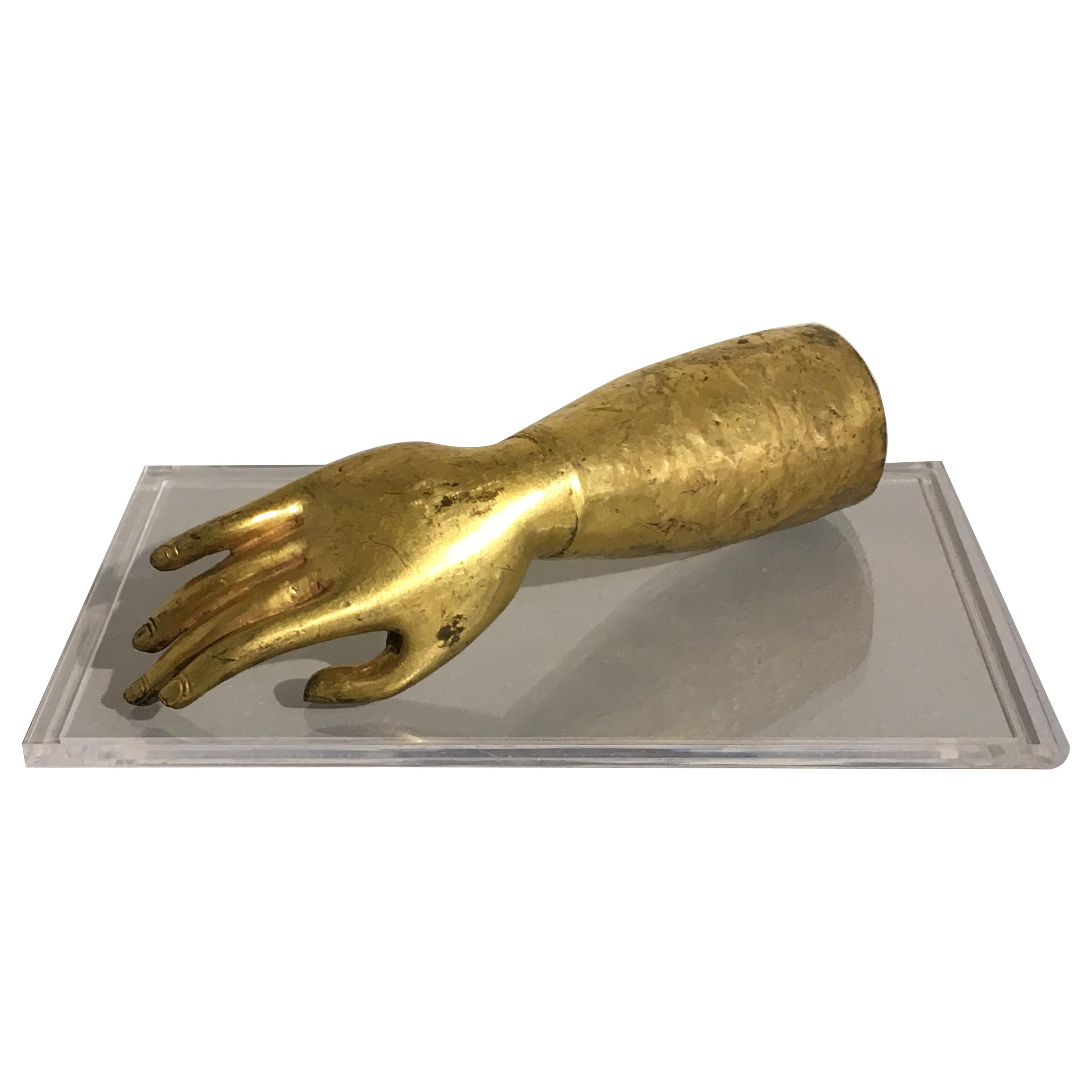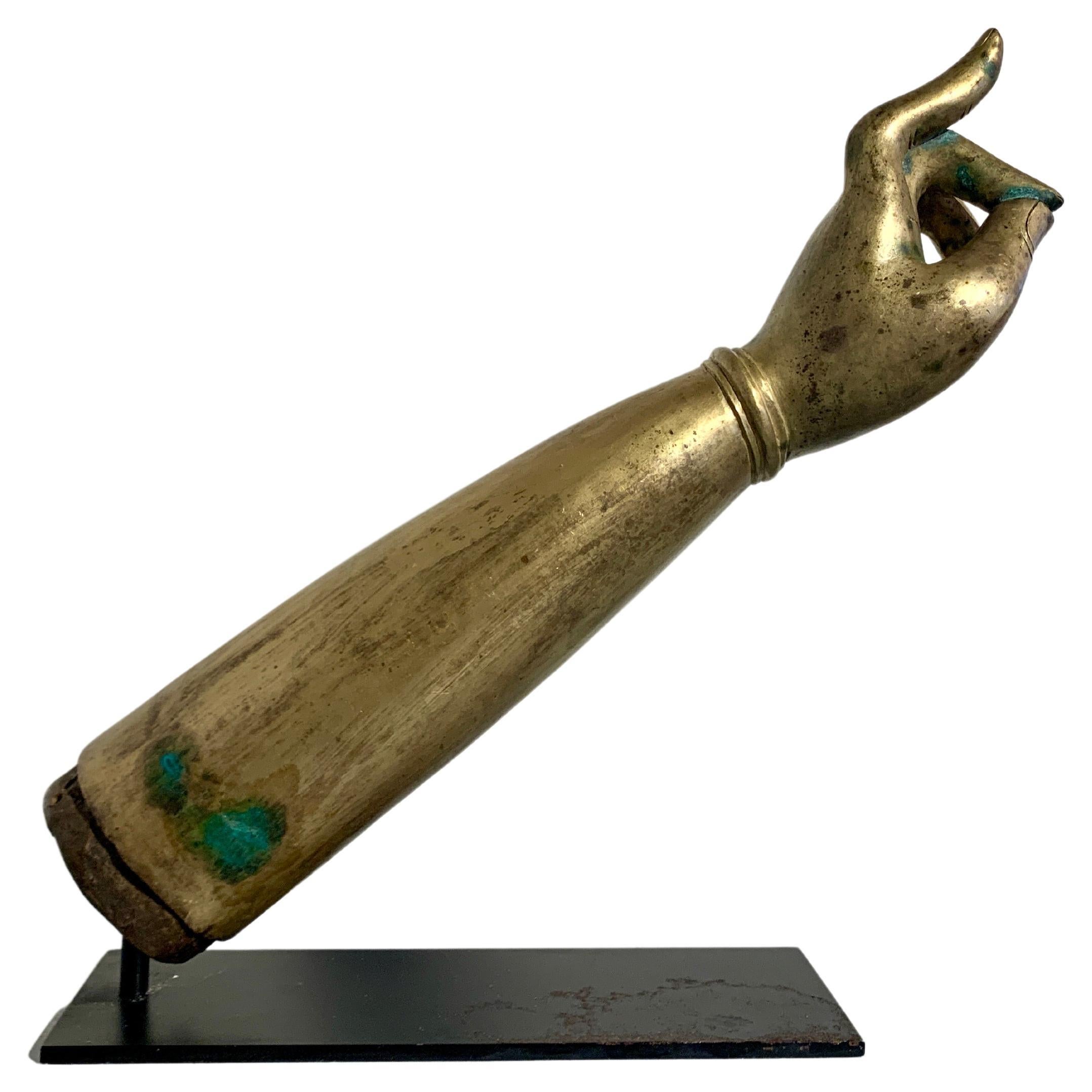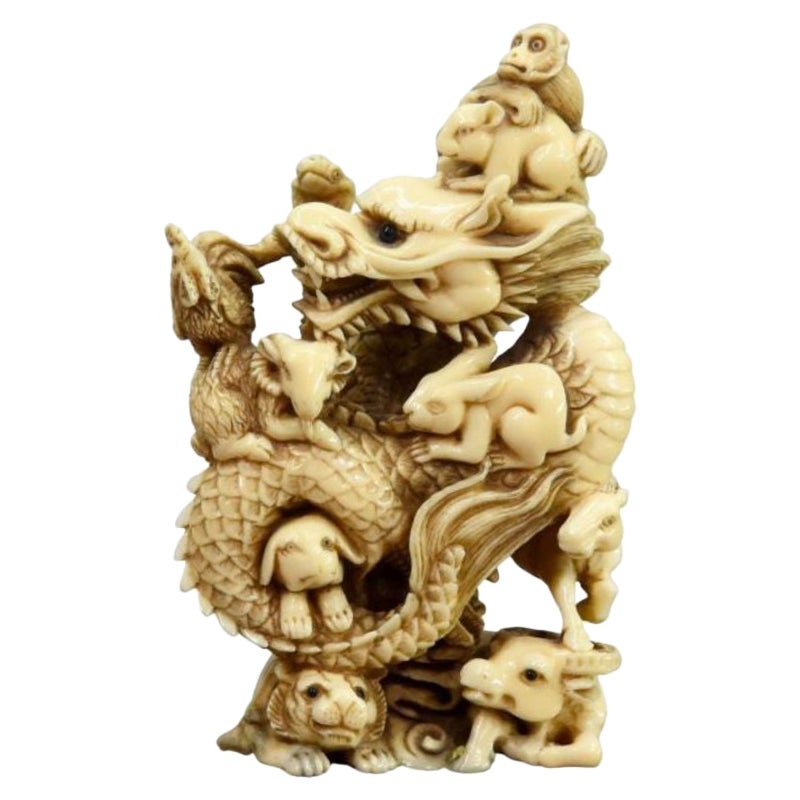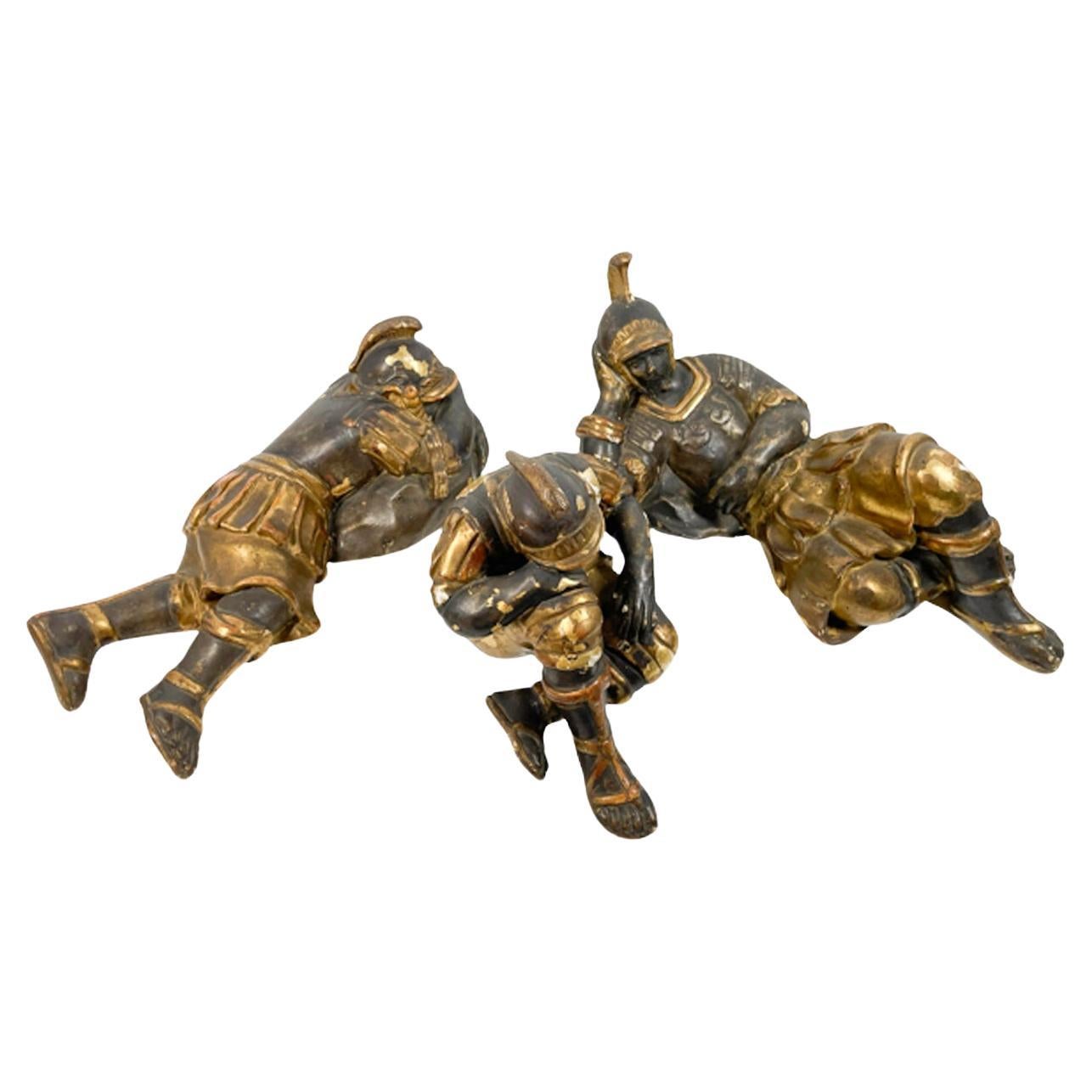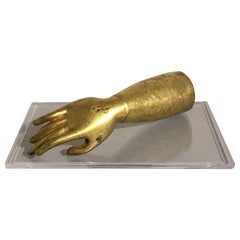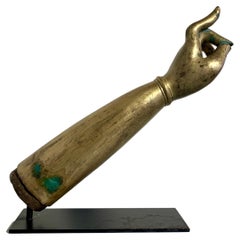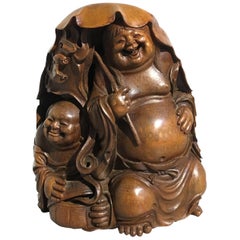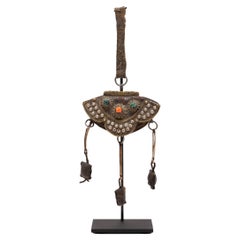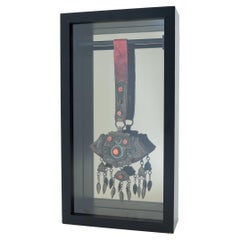
Group of Three 19th Century Tibetan Leather and Metal Flint Striker Purses
View Similar Items
Want more images or videos?
Request additional images or videos from the seller
1 of 11
Group of Three 19th Century Tibetan Leather and Metal Flint Striker Purses
About the Item
- Dimensions:Height: 13 in (33.02 cm)Width: 7 in (17.78 cm)Length: 13 in (33.02 cm)
- Sold As:Set of 3
- Style:Tibetan (Of the Period)
- Materials and Techniques:
- Place of Origin:
- Period:
- Date of Manufacture:circa 1820
- Condition:Wear consistent with age and use. The pouches all in good antique condition, showing signs of use. The large coral bead with a crack, as seen in photos.
- Seller Location:Austin, TX
- Reference Number:1stDibs: LU894710091181
About the Seller
5.0
Platinum Seller
These expertly vetted sellers are 1stDibs' most experienced sellers and are rated highest by our customers.
Established in 2001
1stDibs seller since 2010
305 sales on 1stDibs
Typical response time: 1 hour
More From This SellerView All
- Tibetan Gilt Bronze Arm of the Buddha, Early 19th CenturyLocated in Austin, TXA stunningly graceful life-sized arm and hand of the Buddha, Tibet, late 18th or early 19th century. The hand is beautifully cast, with long, elega...Category
Antique Early 19th Century Tibetan Tibetan Sculptures and Carvings
MaterialsBronze
- Over Life-Size Tibetan Gilt Bronze Arm of a Bodhisattva, Late 19th CenturyLocated in Austin, TXAn impressive larger than life-size cast and gilt bronze left hand and arm of a bodhisattva, late 19th century or earlier, Tibet. The over-sized arm and hand of graceful proportions. The arm tapering down to a slender wrist embellished with a simple bracelet hiding the join between the hand and arm. The hand and arm richly gilt. The join to the elbow visible and exposed. The hand heavily cast, with nice detail to the fingernails and cuticles. The palm with simple incised lines. The hand, with the pointer and pinky fingers raised, and the middle and ring finger folded down touching the thumb, performs the gesture known as karana mudra, the gesture of dispelling evil. (Here in Texas we refer to this gesture as "Hook'em Horns!") Karana mudra is often associated with Avalokiteshvara, the bodhisattva of compassion, known in Tibet as Chenrezig, and in China as Guanyin. The hand and arm would originally have been part of a much larger sculpture. Unfortunately many Tibetan Buddhist sculptures...Category
Antique Late 19th Century Tibetan Tibetan Sculptures and Carvings
MaterialsBronze
- Chinese Qing Dynasty Carved Bamboo HeHe ErXian Group, 19th CenturyLocated in Austin, TXA wonderful Chinese bamboo figural carving featuring the Taoist immortal twins of eternal youth, known as the HeHe ErXian, Qing dynasty, 19th century. F...Category
Antique 19th Century Chinese Qing Sculptures and Carvings
MaterialsBamboo
- Japanese Mixed Metal Okimono of Doves by Seifu, Meiji Period, Late 19th CenturyLocated in Austin, TXA wonderfully naturalistic large Japanese Meiji period mixed metal okimono (ornamental sculpture) of a pair of oriental turtle doves ...Category
Antique Late 19th Century Japanese Meiji Metalwork
MaterialsBronze, Silver, Copper
- Korean Carved and Giltwood Buddha, Joseon Dynasty, 19th CenturyLocated in Austin, TXA sublime and well carved Korean lacquered and gilt wood figure of Amitabha Buddha (Amita Bul), Joseon Dynasty, early 19th century, Korea. The Budd...Category
Antique Early 19th Century Korean Sculptures and Carvings
MaterialsWood
- Large Chinese Carved and Lacquered Buddha, Qing Dynasty, 19th CenturyLocated in Austin, TXA large and magnificent near life-sized Chinese carved and lacquered wood figure of a Buddha, Qing Dynasty, 19th century or earlier, southern China. The figure likely represents one of the Five Tathagatas, also known as Dhyani Buddhas or Wisdom Buddhas. More specifically, either Amitabha or Amoghasiddhi. Amitabha is the Buddha of infinite light, and represents the wisdom of observation and recognition. Amoghasiddhi is the Buddha of accomplishment, and represents the wisdom of perfected practices. The size and scale of the Buddha indicates it was made for temple worship. The large Buddha is portrayed seated in vajrasana, or full lotus position, with the soles of both feet facing up. His elegant hands, with impossibly long and slender fingers, perform shuni mudra, the gesture of bestowing patience. His right arm is bent at the elbow, the right hand raised to heart level. The left arm resting gently in his lap, the left hand at navel level. The Buddha is dressed in voluminous robes that wrap around his shoulders and body, and tied at the waist. The heavy fabric draping and pooling elegantly all around his robust body. His broad chest and right arm exposed. The Buddha's face is both solemn and beatific - his expression seeming to change depending on the angle of view. The most notable feature of his face is the large urna to the center of his forehead, set between a pair of painted, high arching brows over heavily lidded almond shaped eyes. A strong nose is set above a small mouth pursed in an ever so slight smile. Long pendulous earlobes touch his shoulders. The Buddha's hair arranged in the typical fashion, with "spikes" representing tight curls. A prominent ushnisha rises from the crown of his head, covered by more hair, and topped with a rounded protuberance. The Buddha is constructed from several blocks of wood, joined, carved and lacquered a deep red-brown with gold flecks...Category
Antique 19th Century Chinese Qing Sculptures and Carvings
MaterialsWood
You May Also Like
- Tibetan Flint Striker, C. 1850Located in Chicago, ILIn 19th-century Tibet, many men carried a fire striker to help ensure survival in the often-harsh climate of the Tibetan Plateau. Known as mechag, such strikers would hang from one's belt and often doubled as a small pouch for flint and tinder. The finest strikers were finished with precious metals and decorated with repoussé and inlaid stones. This leather flint pouch is decorated with silver and gold plated metalwork and three large beads of turquoise and red coral. The mechag hangs from a simple leather strap and three decorative leather beads hang below. The pouch contains two Tibetan prayer flags...Category
Antique Mid-19th Century Tibetan Tibetan Mounted Objects
MaterialsCoral, Gold Plate, Steel, Metal
- Framed Tibetan Flint Striker, c. 1850Located in Chicago, ILIn 19th-century Tibet, many men carried a fire striker to help ensure survival in the often-harsh climate of the Tibetan Plateau. Known as mechag, such st...Category
Antique 19th Century Tibetan Tibetan Mounted Objects
MaterialsStone, Silver
- Tibetan Mechag Flint Striker, c. 1850Located in Chicago, ILIn 19th-century Tibet, many men carried a fire striker to help ensure survival in the often-harsh climate of the Tibetan Plateau. Known as mechag, such st...Category
Antique Mid-19th Century Tibetan Tibetan Mounted Objects
MaterialsMetal, Steel
- Tibetan Mechag Flint Striker, c. 1850Located in Chicago, ILIn 19th century Tibet, many men would have carried a flint striker along with several other tools that could help ensure survival in the often-harsh climate of the Tibetan Plateau. K...Category
Antique Mid-19th Century Tibetan Tibetan Antiquities
MaterialsSilver, Bronze, Steel
- Tibetan Flint Striker with Leather Strap, c. 1900Located in Chicago, ILIn 19th-century Tibet, many men carried a fire striker to help ensure survival in the often-harsh climate of the Tibetan Plateau. Known as mechag, such strikers would hang from one's...Category
Early 20th Century Tibetan Tibetan Mounted Objects
MaterialsSteel, Gold Plate, Brass
- 19th Century English Jockey StrikerLocated in High Point, NC19th century jockey striker from England made from polychromed spelter. It is a lovely model of a mounted jockey on horseback with reins in front of a hitching post, which is the str...Category
Antique 19th Century English Victorian Animal Sculptures
MaterialsMetal
Recently Viewed
View AllMore Ways To Browse
Tibetan Coral
Tibetan Metal Art
Asian Metal Hanging
Antique Metal Purse
Antique Metal Purses
Antique Tibetan Silver
Tibet Coral
Antique Leather Pouch
Tibetan Coral And Turquoise
Antique Brass Purse
Antique Tibetan Coral
Antique Tibetan Turquoise
Tibet Pouch
Tibetan Flint
Antique Tibetan Pouch
Tibetan Pouch
Tibet Flint
Antique Flint Striker
